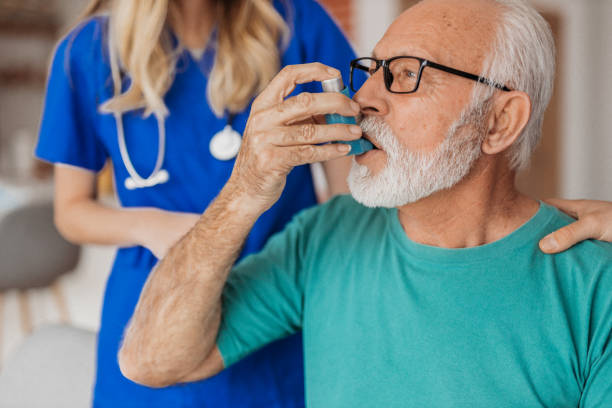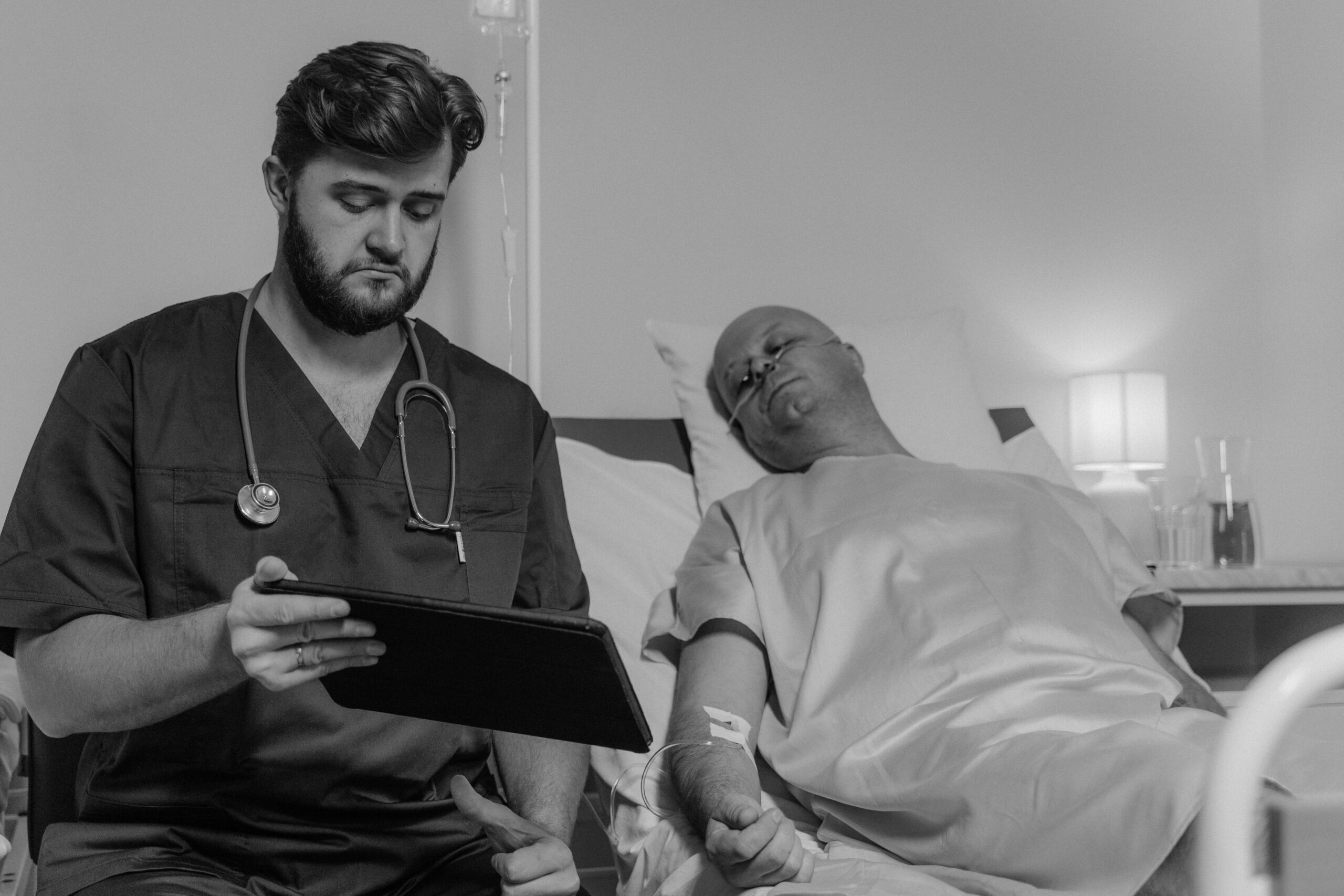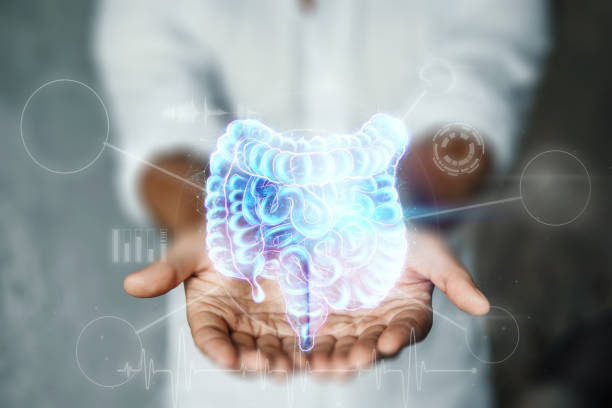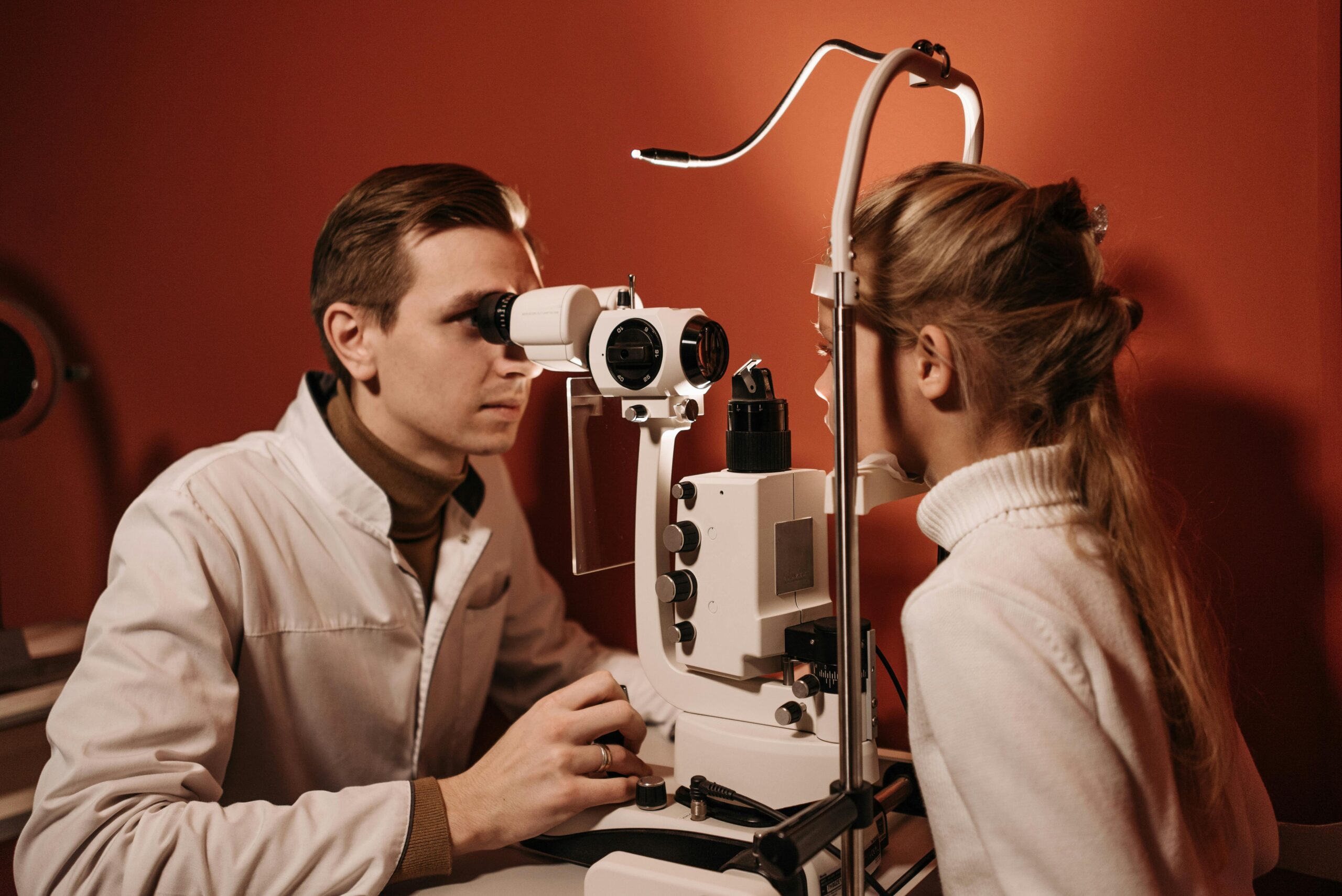COPD: Symptoms, Causes, and Treatment
Living with COPD (Chronic Obstructive Pulmonary Disease) can be challenging, but understanding it is the first step toward better health. This guide explains what COPD is, its symptoms, and what causes it. You’ll also learn how doctors diagnose COPD, the best ways to manage it, and what to expect in the long term. Whether you or someone you care about has COPD, this article will help you take control and breathe easier. Let’s get started!
What is COPD?

COPD (Chronic Obstructive Pulmonary Disease) is a long-term lung disease that makes it hard to breathe. It includes two main conditions:
1. Chronic Bronchitis – Airways are inflamed and produce too much mucus.
2. Emphysema – The tiny air sacs in the lungs get damaged, trapping air.
People with COPD often feel short of breath, cough a lot, and wheeze. The damage gets worse over time, but early treatment can help slow it down.
COPD Symptoms
COPD makes breathing harder over time. Here are the most common symptoms:
Main Signs of COPD:
✔ Shortness of breath – Struggling to breathe, especially during activity.
✔ Chronic cough – A long-lasting cough, often with mucus.
✔ Wheezing – A whistling sound when breathing.
✔ Chest tightness – Feeling like something is squeezing your chest.
✔ Frequent colds/flare-ups – Lung infections get worse easily.
Later-Stage Symptoms (If COPD Gets Worse):
● Extreme tiredness (fatigue)
● Swollen feet/ankles (from poor oxygen)
● Weight loss (muscles weaken from labored breathing)
● Blue lips/fingernails (low oxygen levels)
What Causes COPD?
COPD develops when the lungs get damaged over time, making breathing difficult. Here are the main causes and risk factors:
Top Causes of COPD:
1. Smoking (Most Common Cause)
● Cigarettes, cigars, and even secondhand smoke damage lungs.
● About 85-90% of COPD cases are linked to smoking.
2. Long-Term Exposure to Lung Irritants
● Air pollution (car fumes, factory smoke)
● Chemical fumes (from work or cleaning products)
● Dust (coal, grain, wood)
3. Genetics (Rare but Possible)
● Alpha-1 Antitrypsin Deficiency (AATD) – A genetic condition that can cause COPD even in non-smokers.
Other Risk Factors:
● Age – Most people notice symptoms after 40+ years.
● Asthma + Smoking – Increases COPD risk.
● Frequent Lung Infections – Can speed up lung damage.
How is COPD Diagnosed?
If you have trouble breathing, a doctor can check for COPD using these common tests:
1. Medical History & Symptoms Check
● The doctor will ask about:
● Smoking history
● Exposure to dust/chemicals
● Family lung problems
● Your symptoms (cough, shortness of breath)
2. Spirometry (Main Test for COPD)
● You blow hard into a tube to measure:
● How much air your lungs can hold.
● How fast you can exhale.
● Helps confirm if you have COPD.
3. Other Tests (If Needed)
● Chest X-ray or CT Scan – Checks for lung damage.
● Arterial Blood Gas Test – Measures oxygen & CO₂ levels.
● Pulse Oximetry – A clip on your finger checks oxygen levels.
COPD Treatment & Management
While COPD has no cure, the right treatment can help you breathe easier, stay active, and slow down lung damage. Here’s how it’s managed:
1. Medications
● Bronchodilators (Inhalers) – Relax airways to help breathing (short-acting for quick relief, long-acting for daily control).
● Steroids (Pills/Inhalers) – Reduce lung inflammation during flare-ups.
● Antibiotics – Treat lung infections that worsen COPD.
2. Oxygen Therapy
● Used if blood oxygen is too low.
● Portable oxygen tanks help you stay active.
3. Pulmonary Rehabilitation
● Breathing exercises (like pursed-lip breathing).
● Supervised workouts 🏋️ to strengthen lungs.
● Nutrition advice 🥦 to keep energy up.
4. Lifestyle Changes
● Quit smoking – The #1 way to slow COPD.
● Avoid smoke/pollution – Wear a mask if needed.
● Stay active – Gentle walks prevent muscle loss.
● Get flu/pneumonia shots – Prevents infections.
5. Surgery (For Severe Cases)
● Lung volume reduction – Removes damaged tissue.
● Lung transplant – Rare, for very advanced COPD.
6. Emergency Plan for Flare-Ups
● Know warning signs (more coughing, mucus, or breathlessness).
● Keep rescue inhalers & doctor contacts ready.
COPD Complications & Life Expectancy
COPD can lead to other health problems and affect how long someone lives, but early care makes a big difference. Here’s what to know:
Possible Complications of COPD
1. Frequent Lung Infections
● Colds, flu, or pneumonia hit harder and last longer.
2. Heart Problems
● Low oxygen strains the heart, raising risks of heart disease.
3. High Blood Pressure in Lungs
● Called pulmonary hypertension, it makes breathing even tougher.
4. Depression or Anxiety
● Struggling to breathe can affect mood and daily life.
5. Weight Loss & Weak Muscles
● Breathing burns extra energy, making it hard to stay strong.
Life Expectancy with COPD
●Depends on:
- Smoking (quitting adds years!).
- Disease stage (early treatment = better outlook).
- Overall health (exercise, diet, and care matter).
● Average Survival by Stage:
- Mild (Stage 1): Near-normal life expectancy if managed well.
- Moderate (Stage 2): 10+ years for many with treatment.
- Severe (Stages 3–4): 5–10 years, but varies widely.
How to Live Longer & Better with COPD
- Stop smoking – Slows damage at any stage.
- Use meds & oxygen as prescribed.
- Exercise gently (walking, breathing exercises).
- Eat well (protein + healthy calories fight muscle loss).
- Avoid infections (wash hands, get vaccinated).



